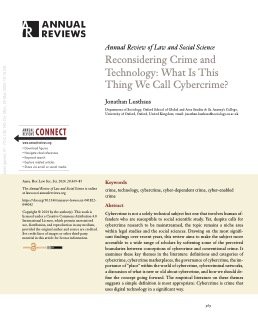By Triana McNeil
Criminal organizations generate money from illicit activities such as drug and human trafficking and launder the proceeds. Federal agencies investigate illicit activity and have developed several strategies and efforts to combat these crimes. GAO was asked to review efforts to counter illicit finance activities. This report addresses, among other things, (1) selected agencies’ roles and responsibilities in investigating and prosecuting illicit finance activities and (2) the progress made with selected strategies and efforts to counter illicit finance activities. To address these objectives, GAO reviewed agency documents and data, including those related to eight selected federal strategies and efforts on countering illicit finance activities. GAO compared four of these strategies and efforts—which represent long range, multi agency undertakings—to selected key practices for evidencebased policymaking and for interagency collaboration. What GAO Recommends GAO is making four recommendations, including that Treasury collect and assess performance information on implementing the Illicit Finance Strategy, and that the Department of State and U.S. Agency for International Development establish goals and assess progress for implementing the Initiative. Treasury disagreed with the recommendation, State agreed with the intent of the recommendation but believes it already addressed it, and USAID agreed.
The National Security Council did not provide comments. 2025. 94p.





















